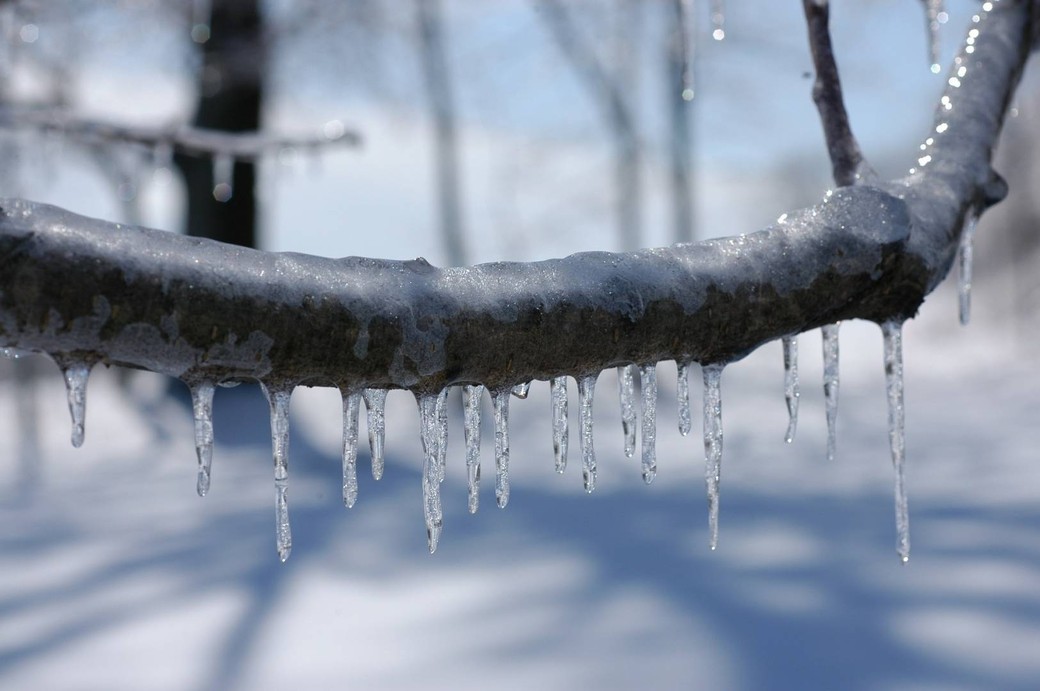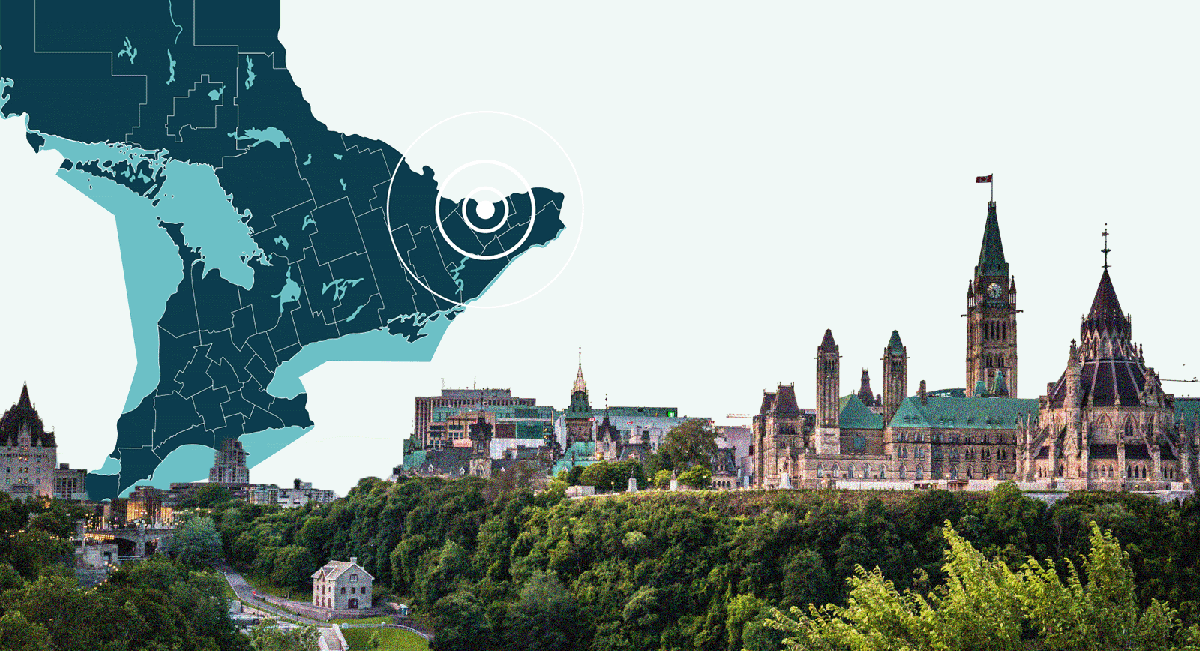
How New Canadian Homeowners Can Prepare for a Harsh Winter
Although many Americans have joked about moving to Canada after the recent Presidential election, the fact remains that there is increasing interest in Canadian citizenship amongst the public. Google searches for terms such as “how do I move to Canada” and “Canadian citizenship” were up over 4,000 percent in the face of election results, signaling that many indeed have their eyes on the Great White North.
And why not? Between booming employment opportunities and an incredibly diverse climate, Canada is an attractive option for just about anyone looking to start anew.
Speaking of climate, however, one element of Canadian living that that shouldn’t be ignored for those crossing the northern border are the potentially harsh winters. Even in tourist hubs such as Toronto and Vancouver, freezing temperatures are the norm: if you’ve never experienced such a climate as a homeowner or tourist, chances are you’re ill-prepared for such weather.
Thankfully, preparing your home for the cold doesn’t have to be a headache. Whether you’re considering a move up north or simply want to explore the realities of Canadian living, consider the following tips.
Be Aware of What’s Going on Outside
It’s natural to want to hole up during a blizzard or heavy snow; however, consider you should keep a keen eye on what’s going on outside for multiple reasons. For starters, you want to know exactly how much snow is falling to understand the severity of the storm. Secondly, you should strive to let some natural light into your home to avoid feeling too isolated from the outside world.
Don’t hole yourself up: instead, install a solution such as cellular shades so you are in control of what you see outdoors. This is an incredibly overlooked but incredibly important tip. In some cases, you may want to have your windows completed covered if it’s getting ugly outside: cellular blinds and shades help give you that flexibility.
Prepare to Shovel
Shoveling snow is never fun, but perhaps represents the difference between being stranded at home and getting to wherever you need to go. Even with a proper shovel on deck, it could take you well between thirty minutes and an hour to clear off a snowed-in driveway, give or take. Always err on the side of caution to avoid feeling rushed, as driving conditions are often poor during snowfall.
Ready Your Vehicle
Not all preparation happens at home. For example, you should make sure that your vehicle is in tip top shape for the winter. As part of your winter vehicle checklist, make sure you have the proper coolant, oil and tires (think: snow tires or chains, depending on where to live) on deck to avoid any emergencies on the road.
Stock Up on Supplies
Make sure that you keep a combination of the following on hand in case you get snowed in for the long haul:
- Non-perishable food, such as canned goods and meal replacement bars
- Candles and batteries to ensure that you can light up your space
- Extra medication and prescriptions in case you can’t leave the house for days on end
Bundle Up
Finally, be prepared to splurge on winter clothes as means of keeping yourself warm. If you’ve never lived in a snowy area, it’s easy to overlook the importance of a heavy-duty jacket, proper boots and winter gloves, for example. Strive to dress in layers: it’s better to be overdressed than under-dressed in a harsher climate. Beyond that, also stock up on extra blankets and linens to yourself comfort at night.
Canada has tons to offer its residents, so don’t be off-put by the cold. Instead, take a proactive approach and prepare yourself and your home for the cold.








